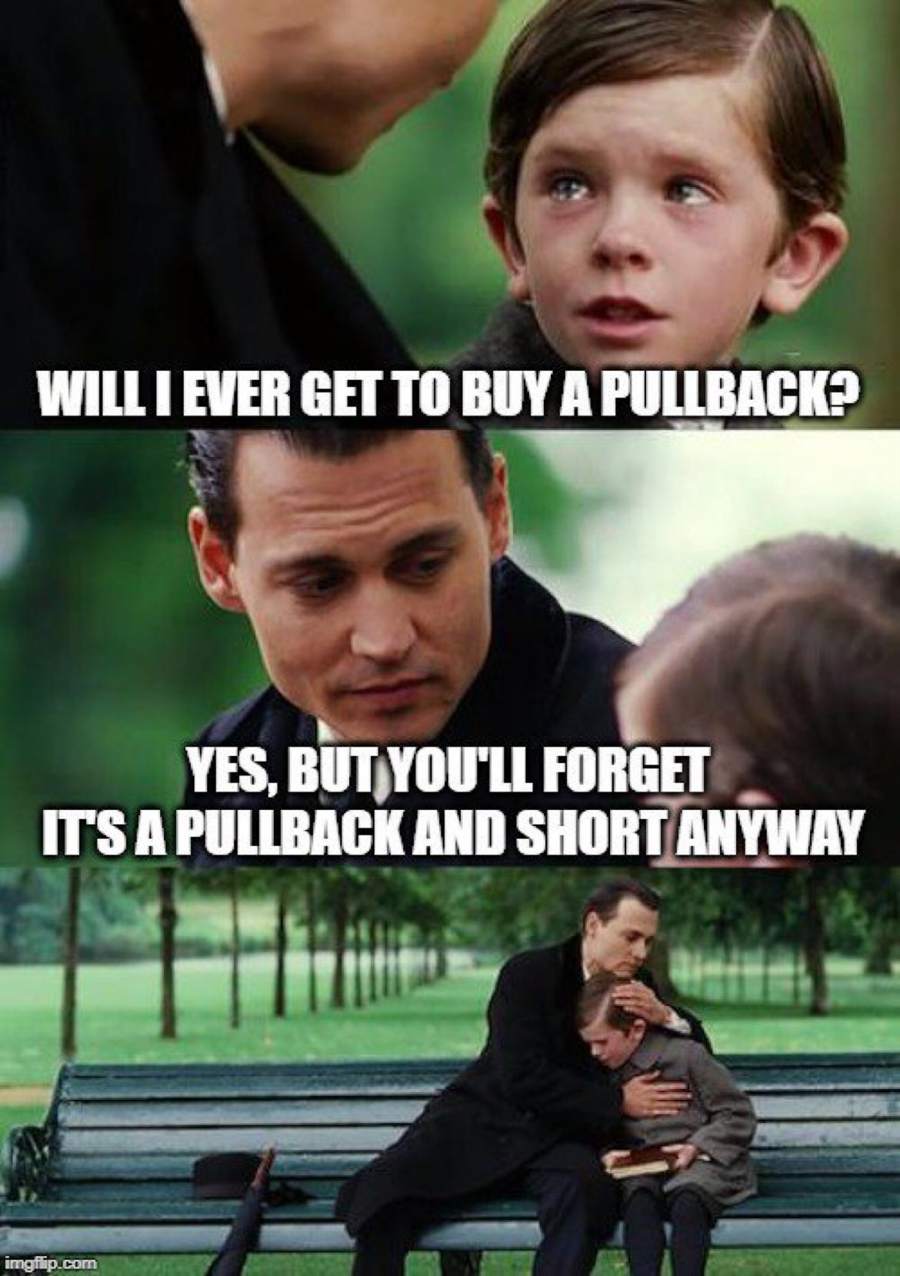Over the weekend, I saw many posts on X talking about the current US stock market rally and how it looks like a bubble. The problem with bubbles is that you never really know if it's indeed a bubble, and even if you know, shorting a bubble is usually a financial suicide. Most of the people calling it a bubble are also those who missed the entire rally, so it makes them psychologically feel better calling it a bubble.
This rally though has been supported by clear macro drivers. First and foremost, the main driver of the stock market is growth expectations. If you have positive growth expectations, you can also expect higher earnings in the future which is what a stock price reflects.
Those growth expectations got hit badly in April when Trump announced very aggressive tariffs. That's when the market started to price in lower growth and even potentially a recession. When Trump reversed course by pausing the aggressive tariffs and bringing the rates down to 10% for everyone, those negative growth expectations started to be repriced on the positive side. And that trend kept on going for months as we got further de-escalation, trade deals and so on.
Recall that despite a negative US GDP report, the market continued on rallying steadily. This is because the market is forward-looking. It was pricing the expected better growth in the next two quarters. The GDP report reflected what the market already priced in in April. Investors who rely on backward-looking data indeed had a hard time.
You can say that H1 2025 was all about tariffs.
The second half of 2025 is being driven by the Fed.
In fact, if you look at the price chart for the S&P 500 or Nasdaq, you'll notice that we've been mostly in a range for July and August. That's when we got a slightly hawkish FOMC decision in July coupled with weak labour market data in August. The positive momentum in growth expectations was starting to wane...
But the Fed came to the rescue. Policymakers started to deliver dovish comments and opening the door for imminent rate cuts, which eventually culminated with Powell's dovish tilt at the Jackson Hole Symposium. The stock market was again bullish on growth momentum holding because of rate cuts.
Druckenmiller once said “Earnings don't move the overall market; it's the Federal Reserve Board. Focus on the central banks, and focus on the movement of liquidity. Most people in the market are looking for earnings and conventional measures. It's liquidity that moves markets".
The Federal Reserve can single handedly push the economy into a recession or bring it out of it. It's a very powerful force in the markets and right now it's supporting the economy and the markets. Don't fight the Fed.
Problems arise when the economy gets too hot and that's when the Fed support wanes and the central bank starts to work against the market. And this is where we could get the pullbacks (and eventually even a crash)...
Right now, the market is pricing 112 bps of easing by the end of 2026 compared to just 75 bps projected by the Fed. This means that the market is too optimistic. Therefore, a hawkish repricing in those expectations should in theory provide a pullback in all asset classes. So, if you are waiting for a pullback, then wait for US data. If we get strong US data (especially with the NFP next week), then we could finally get a decent pullback.
But don't make this mistake...

It will highly likely be just a pullback. In this environment, one can just buy or wait, but definitely not sell (unless one does it for a quick trade supported by a catalyst). Once the market pricing gets back in line with the Fed's projections, then the stock market should restart its rally.
In fact, as long as the Fed's reaction function remains dovish, the downside will remain limited. This "melt-up" phase will likely go on as long as the Fed remains more focused on the labour market. Once inflation starts to become a serious worry, that's when we will finally get a meaningful correction (or even a bear market if the Fed starts to hike rates). Until then, the pullbacks will just be dip-buying opportunities.
Some people brought up another Druckenmiller quote about the dot-com bubble. That's when Druckenmiller surrendered to his emotions and bought into the bubble even though he knew he shouldn't have. He bought at the top of the bubble and eventually lost billions. People take this quote as a lesson and a warning for the current rally. But there's one key difference: back then the Fed restarted hiking interest rates, so the central bank was working against the market.
Today, the Fed is doing the opposite. Whether the Fed is contributing in creating a bubble we don't know and only time will tell. But you don't want to fight it. In this case, the quote from Soros is more appropriate "When I see a bubble forming, I rush in to buy, adding fuel to the fire. That is not irrational."







